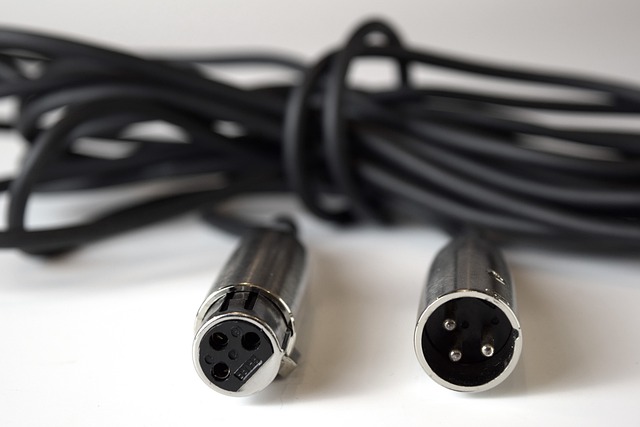What Is The Wiring Of The Cable?
 Sep 12,2024
Sep 12,2024

 Suke
Suke
The wiring of the cable
The stranding of the cable conductor is to be twisted a number of single wires of the same diameter or different diameters together in a certain direction and according to certain rules to become a whole strand core. When the stranded wire is used directly as a wire, it is called bare stranded wire, such as steel core aluminum stranded wire, aluminum clad steel core aluminum stranded wire, etc. Stranded wire, such as used as a conductor of insulated wire and cable, is called stranded wire core, which is the main component of insulated wire and cable.
Cabling of insulated wire cores
Cabling is a process in which a number of insulated wire cores or unit groups are twisted to form cable cores according to certain rules. Cabling is also stranding. In addition to stranding, the cabling process also includes cabling filling, wrapping, and other processes.

The characteristics of wire core stranding
1. Good flexibility
Because the wire and cable are used in different occasions, the carrying capacity is not the same, and the cross section of the wire is also large and small. With the increase of the cross-section of the wire, the diameter of the wire also increases, making the bending of the wire difficult. If the use of a number of small-diameter single wires twisted together, you can improve the bending ability of the wire, making it easier to wire and cable processing, manufacturing, and installation.
2. Stability
A number of single wires twisted together in a certain direction and according to certain rules of the twisted core, because in the twisted wire each single wire position is in turn in the extension area of the upper part of the twisted wire and the compression area of the lower part of the twisted wire. When the two ends of the twisted wire bend downward, each single wire by the extension force and compression force are equal, the single wire will not produce elongation and compression. The twisted wire will not be deformed. If multiple single wires are not twisted but combined in parallel to form a harness, then when the harness is bent, the upper single wire will be embedded in the harness, and the lower single wire will also compress towards the center of the harness due to the change in length, thus changing the shape of the harness.
3. Reliability
With a single wire as a conductor of wire and cable, vulnerable to material inhomogeneity or manufacturing defects and affecting the reliability of a single conductor core, with multiple single wire stranded cores, such defects are dispersed and will not be concentrated to a point in the wire; the reliability of the wire is much stronger. This situation is particularly obvious at the junction of the wire.
4. High strength
Compared with a single wire of the same section size with multiple stranded wires, the strength of the stranded wire is higher than that of the single wire of the same section.
Core twisted form
The form of stranding is mainly divided into two types: regular stranding and irregular stranding (bunching). Regular stranding can be divided into regular concentric single strand stranding and regular concentric strand stranding (double stranding) two kinds.
Regular concentric single-wire stranding can be divided into ordinary stranded wire (copper, aluminum stranded wire) and combined stranded wire (steel core aluminum stranded wire) two kinds.
1. Regular concentric single wire stranding (1) Ordinary twisted wire with the same diameter of the single wire, according to the way of concentric circles, a layer of regular stranding; each layer of the twist direction is opposite; their central layer is usually a single wire or 2 to 5 of the same diameter of the single wire synthesis of the core, and then twisted a layer or several layers of single wire above them. (2) Composite strand The representative product of composite strand is the steel core aluminum strand used for overhead transmission lines, which is made of the same diameter, different materials or different diameters, and different materials of single wire twisted.
2. Irregular single-wire stranding (bundle) The bundle is a twisted wire formed by a number of single wires with the same twist direction and not twisted according to the law of stranding; the position between each single line is not fixed, and the shape of the bundle is difficult to keep round. Because the stranding of the bundle is all in one direction, it is different from the stranding of the ordinary strand with a layer of left and a layer of right, and the bundle is softer than the ordinary strand.
3. Fan core and round core.

Meaning and purpose of wire and cable stranding
1. When using a single wire, it is not easy to bend, and the softness is poor, which brings difficulties to production, transportation, installation, laying, and use.
2. Due to the large cross section of a single wire, the eddy current loss is large, which affects the transmission effect.
3. Purpose: To ensure a certain cross-section of electrical performance; it has certain softness in mechanical properties.

 Home
Home Analysis Of Submarine Cable Development Status And Prospect
Analysis Of Submarine Cable Development Status And Prospect  You May Also Like
You May Also Like

 Tel
Tel
 Email
Email
 Address
Address














